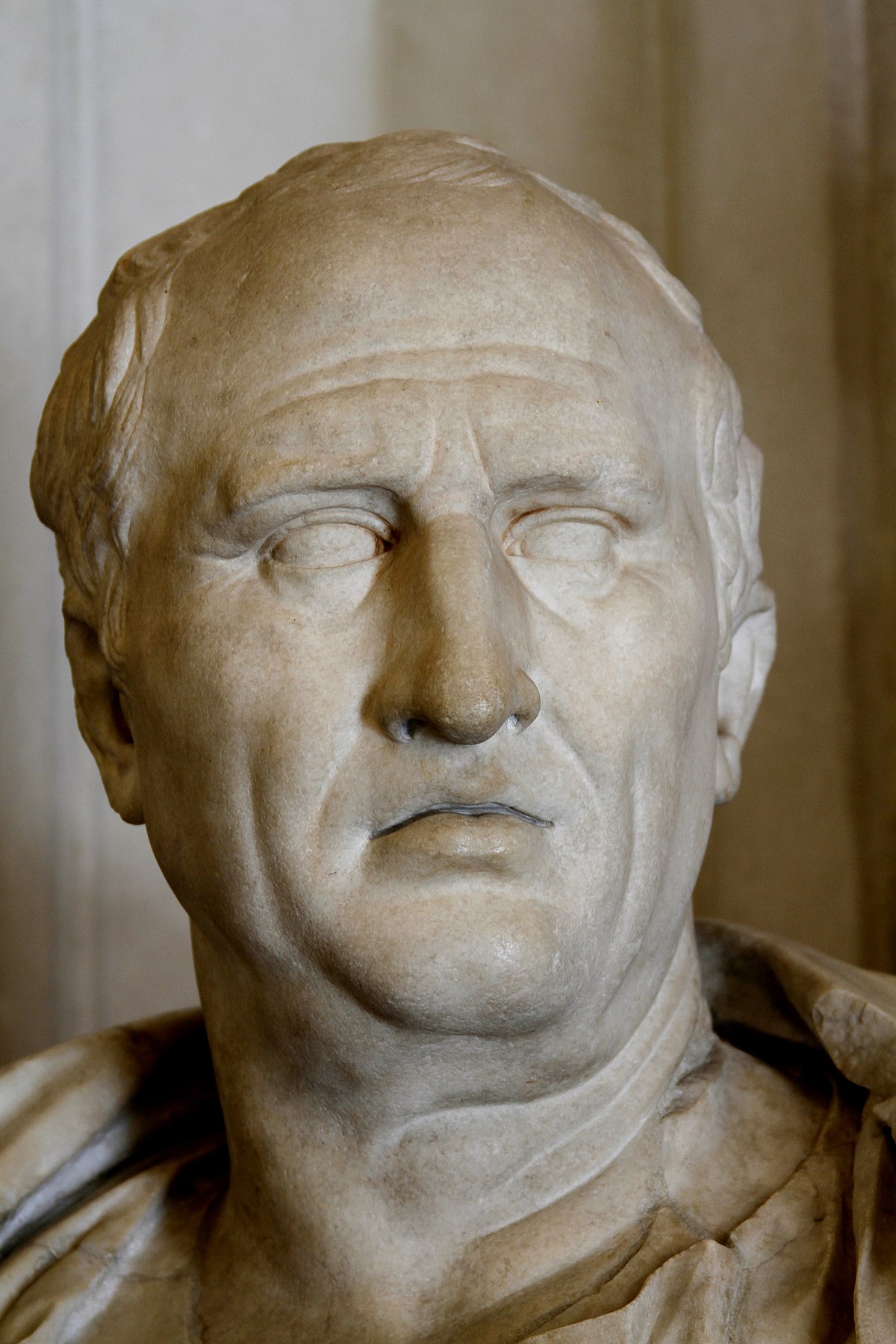First off, HAPPY BIRTHDAY, BEV!
Bev Morton, a friend of mine, owns and operates one of Winnipeg’s little treasure chests and like all good treasure chests, it’s stuffed with precious gems. The Wayne Arthur Gallery—at 186 Provencher Boulevard in old St. Boniface—overflows with Made in Manitoba creativity.
Bev’s passion for art is matched only by her tenacity. She’s had some extreme health challenges over the
 |
| Robert and Bev |
past few years and then she suddenly lost her longtime partner,
Robert, (a longtime friend of mine, too) right at Christmas this past year. Without the comfort of friends or the closure (and hugs) that a memorial service can provide, Bev is back at the gallery promoting the art of fellow Manitobans with her intrepid spirit to carry on.
 |
| Bev at the Petersfield Mallard site |
Curious about her passion, tenacity and vision, I asked her some questions during a recent visit and she’s let me share her answers here on my blog.
How long has the Wayne Arthur Gallery been operating at 186 Provencher?
The gallery opened on Provencher on November 30, 2002, after first opening in St. Andrews in 1995 when I opened it with my late first husband, Wayne Arthur, and then on St. Mary’s Road in 2000.
Tell me about the name. Who is Wayne Arthur?
 |
| Bev with Wayne Arthur |
Wayne Arthur was my first husband who passed away on November 30, 1999. He was a well-known sculptor, who sculpted three town monuments in the Interlake using fiberglass: the King Buck in Poplarfield,
the mushrooms in Meleb, and the mallard in Petersfield. He also sculpted the
Caring Hands at Deer Lodge Centre and two pieces at The Forks, (a family of bison being hunted by indigenous hunters wearing wolf hides. These two sculptures were in Tyndall stone.
What are the challenges of operating a gallery in Winnipeg?
Enticing people to come to the gallery.
How are these challenges exasperated by the pandemic and restrictions?
With the restrictions it is now impossible to have artist receptions. I look forward to the day that changes. Also the gallery has at times been totally locked down. In one case I attempted to have my group show in December online. It wasn’t very successful, although I was able to display it on gallery walls near the end of January and into February.
What are the rewards of operating a gallery in Winnipeg? It is a joy to exhibit Manitoba artists to both local people and tourists when the pandemic doesn’t prevent travel. I also enjoy meeting many artists and introducing them to each other and the public.
How do you promote the shows?
I have a website waynearthurgallery.com and also a gallery Facebook page. Most advertising is too expensive although some organizations have electronic newsletters that list member showings.
How many artists have been on display in the Gallery?
Since opening in 1995, I have had 574 Manitoba artists. In some cases they have had shows and in other cases they have participated in group shows or just have placed work in the gallery.
How does an artist approach you for a showing?
An artist would have to show me their work and when I am booking shows I consider who is available. I also display work on the walls that aren’t on the featured show wall. These pieces don’t change as frequently, but I usually limit them to one painting per artist.
What keeps you returning to the gallery day after day, even during hard times?
It is a joy to sit in the gallery and look at the beautiful art. However it is more fun when customers or friends come in.
Why do you think art is important?
It is important to surround oneself with beauty. Art is one of the beautiful things in this world.
You’re an artist yourself, not just an art proprietor. Tell me about your own work.
In 1978, I had intended to make my first fabric piece. However, it wasn’t until 2009 that I learned how to do it without sewing and I have subsequently been working completely in fabric.
Many of my fabric pieces started as paintings and I have recreated them in fabric. Others are from my photos of vacations, family photos and photos taken in the gallery and at home.
I am focusing on where I live, work and dream: interiors in my home and in the gallery and places I have been to or dreamed of.
I use distinct lines to define form and colour, and include a lot of detail and pattern. I want to enable the viewer to see all that I see. I believe the simplicity of my pieces allows the viewer to complete the experience.
Imagine you’re a magician and you could wave a magic wand, what would you create?
A gallery big enough to showcase the work of more artists.
*******
Thanks Bev. Thanks for letting me meet so many wonderful Manitoba creators over the years. Thanks for showcasing their work and being a conduit to appreciative buyers of art. And thank you to the artists who dare to wave their magic wands and create. Being an artist is a gift but the rewards are often not measured in dollars.
Support local.
Support art.
Support local art! Manitoba Proud!
The Wayne Arthur Gallery, located at 186 Provencher Boulevard in old St. Boniface, is just a ten minute walk from The Forks. Make it an outing! We have a beautiful city, vibrant with art, and Bev's gallery truly is a treasure chest.
Open Tuesdays to Saturdays from 11 AM to 5 PM.










